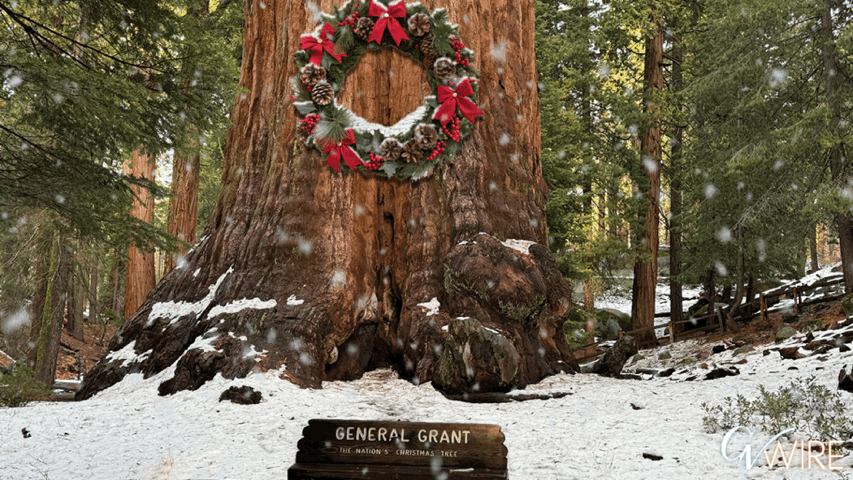Share
Aggressive panhandlers and human waste on the sidewalk are tarnishing San Francisco’s image as America’s most beautiful city.
Dumping homeless patients on the street sullied Los Angeles’ reputation as the “City of Angels.”
Critics bashed Fresno’s ordinance banning outdoor camping as cruel and heartless.

The money for California’s largest 11 cities is there, the amounts predetermined. Fresno’s share is $3.1 million. All the city needs to do is ask for it. Mayor Lee Brand campaigned hard for the funds last February, sharing his personal story of how his daughter fought homelessness and addiction.
According to multiple sources, City Hall has yet to turn in an application for funding from the Homeless Emergency Aid Program. If Fresno applied when applications went online last month, City Hall could already have the money in hand, like four other cities that received their awards last week.
Los Angeles ($85 million), San Diego ($14 million), Oakland ($8.6 million), and Long Beach ($2.9 million) got theirs from a dedicated pool of $150 million.
Application in the Works?
Those sources also say an application is in the works before the deadline. H. Spees, the mayor’s director of strategic initiatives, deflected questions to the city’s communication staff, who did respond to GV Wire’s requests for comment.
Even though the award amounts are predetermined and not competitive, the agency in charge of distribution, Business, Consumer Services and Housing, said in a news release that “early applications are strongly encouraged.”
Fresno is eligible for another $9.3 million through a regional agency from separate pools totaling $350 million.
Shawn Jenkins, chairman of the Fresno Madera Continuum of Care, said his agency plans to submit its application by the Dec. 31 deadline. The continuum of care representing the Bakersfield region already has received $2.6 million.
If cities or continuums fail to claim their allotted money, the funds would go back into the pool for other eligible cities to claim.
That’s not something Jenkins is worried about.
“We are making sure our plan is aligned with the needs of the community and can be scaled up and ramped back down if needed,” Jenkins said. “Rest assured the FMCoC will have its first-round funding request in before the deadline and will ask for our full allocations leaving no unclaimed dollars.”
Long Beach Has Its Money
So, how was Long Beach able to quickly apply for its funds?
Officials say because the city also operates the local continuum of care, Long Beach took advantage of efficiencies of scale to turn around its application.

“Rest assured the (Fresno Madera Continuum of Care) will have its first-round funding request in before the deadline.” — FMCoC chairman Shawn Jenkins
Parker said it’s an advantage to receive the money as soon as possible: “You get to get it out earlier.”
According to HEAP guidelines, half of the funds need to be spent by Jan. 2020.
Jenkins said that other cities have it easier than Fresno: “We don’t have some of these larger systems that other cities have.”
He agrees that receiving the money ASAP gives agencies more time to spend it.
“We are trying to align priorities with the city,” Jenkins said. “We are trying to work to submit closely at the same time.”
Fresno Housing Authority Executive Director Preston Prince said that it’s important for the city and FMCoC to share a vision.
“Let’s do this in a thoughtful, coordinated, collaborative manner,” said Prince, whose agency also addresses homelessness issues.
Prince said that the application will be filed in time.
“We’re trying to link a lot of things that maybe some other communities already have systems in place for,” Prince said. “I think we are prepared and ready to allocate the funds in a pretty quick manner. It doesn’t feel like we are behind schedule now.”
Spending the Money
Last month, Spees presented a report on homelessness to the city council. He mentioned four pillars to guide homeless spending developed by expert Barbara Poppe: community engagement, reducing homelessness, improving crisis response, and increasing permanent housing. She also made 13 specific recommendations.
Jenkins echoed those guidelines in answering how his agency plans to use HEAP funds.
“This is not ongoing money. It has to be spent in the next two-and-a-half years. We are cognizant to the fact of what can we do that doesn’t take an ongoing commitment,” Jenkins said.
Jenkins also indicated that if shelters are added, it would likely involve an existing building rather than starting from scratch. He did not have specifics.
State Funding
Gov. Jerry Brown signed SB 850, providing $500 million for HEAP, distributed by the BCSH’s Homeless Coordinating and Financing Council.
The money comes from three different pots: $150 million for cities of 330,000 people or more; and two pots (at $250 million and $100 million) for continuums of care, which act as regional homeless planning agencies.
When Fresno City Councilman Paul Caprigolio asked where funds would come from at last month’s presentation, Spees mentioned HEAP, but did not elaborate on a timeline.
The other Big 11 cities that have not received funding include San Jose, San Francisco, Santa Ana, Anaheim, Sacramento, and Bakersfield.



















